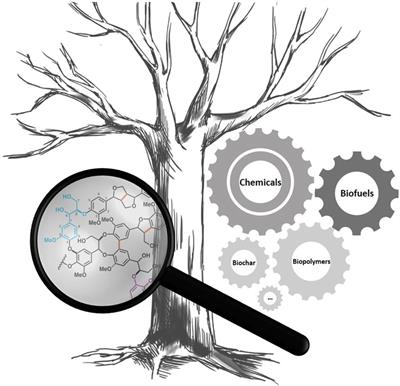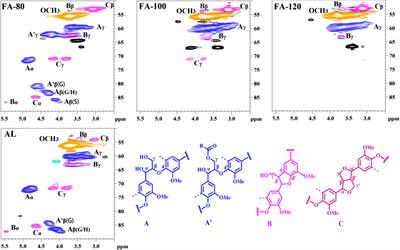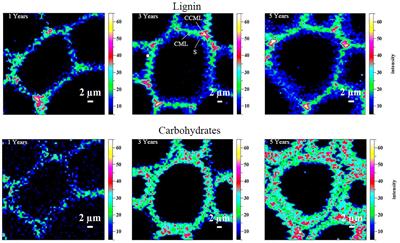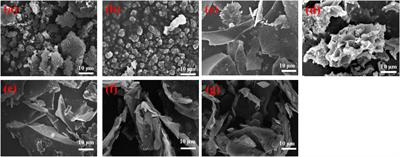EDITORIAL
Published on 16 Jul 2021
Editorial: Advances in the Structural Elucidation and Utilization of Lignins

doi 10.3389/fenrg.2021.724825
- 942 views
- 4 citations
9,136
Total downloads
41k
Total views and downloads
EDITORIAL
Published on 16 Jul 2021

ORIGINAL RESEARCH
Published on 30 Mar 2021

ORIGINAL RESEARCH
Published on 30 Oct 2020

ORIGINAL RESEARCH
Published on 18 Sep 2020

ORIGINAL RESEARCH
Published on 02 Sep 2020

ORIGINAL RESEARCH
Published on 08 Jul 2020

ORIGINAL RESEARCH
Published on 11 Jun 2020

ORIGINAL RESEARCH
Published on 05 Jun 2020

ORIGINAL RESEARCH
Published on 27 May 2020

ORIGINAL RESEARCH
Published on 14 Apr 2020
